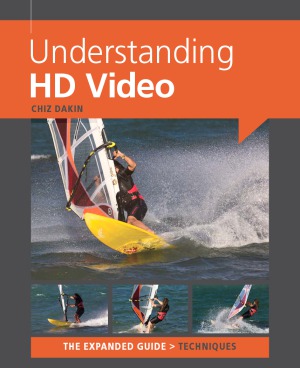

Most ebook files are in PDF format, so you can easily read them using various software such as Foxit Reader or directly on the Google Chrome browser.
Some ebook files are released by publishers in other formats such as .awz, .mobi, .epub, .fb2, etc. You may need to install specific software to read these formats on mobile/PC, such as Calibre.
Please read the tutorial at this link: https://ebookbell.com/faq
We offer FREE conversion to the popular formats you request; however, this may take some time. Therefore, right after payment, please email us, and we will try to provide the service as quickly as possible.
For some exceptional file formats or broken links (if any), please refrain from opening any disputes. Instead, email us first, and we will try to assist within a maximum of 6 hours.
EbookBell Team

5.0
30 reviewsIt’s now almost unheard of for a digital camera to not have a movie mode, and image-makers worldwide are waking up to the possibilities of a camera that can produce both still and moving images. Although the Canon EOS 5D MkII and Panasonic GH1 weren’t the first DSLR (Digital Single Lens Reflex) camera and CSC (compact system camera) to offer a movie mode, they were the first to offer true High Definition (HD) movie making, which really changed the field.
Initially, some critics saw it as “a gimmick,” but now there is a huge number of independent movie makers, TV companies, and big budget films that are using the HD video mode on DSLR cameras (HDSLR video) as another tool in the production mix.
Far from being a gimmick, HD video is here to stay, and it may well take over from still photography as a way of telling a story visually, especially as electronic books become more common-place than printed ones. Certainly the way in which cameras such as the Canon EOS 5D MkIII are being embraced by professionals is changing the whole movie-making industry.
HDSLR video has advantages and disadvantages when compared to traditional cine cameras and professional quality camcorders. However, its major advantage is the ability to take both high quality stills and moving images. Other significant advantages include a large sensor (which makes it easier to intentionally blur the background); interchangeable lenses; and a low starting price.
DSLR cameras are not without their drawbacks, though. For a start, the ergonomics of a stills camera isn’t ideal for some of the “moving” camera techniques used in high-end video production: a stills camera is designed foremost for photography, with video functionality added later.